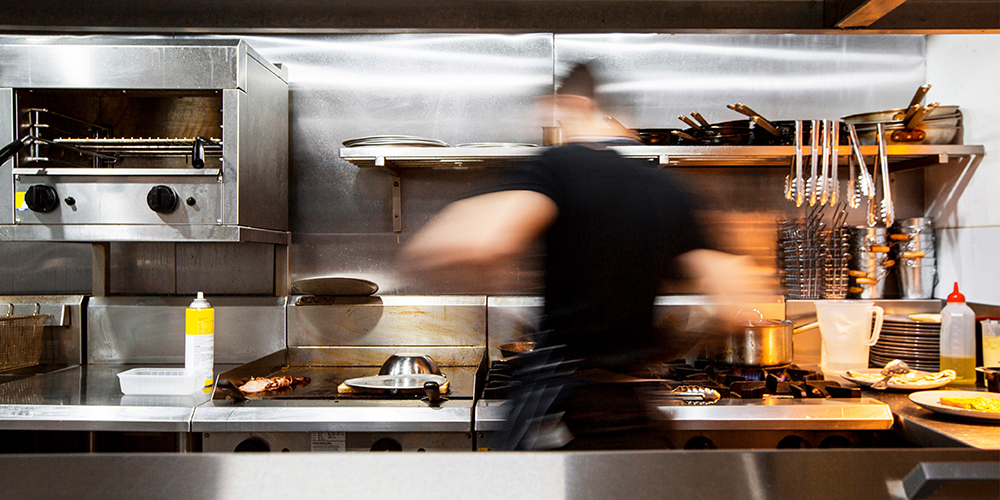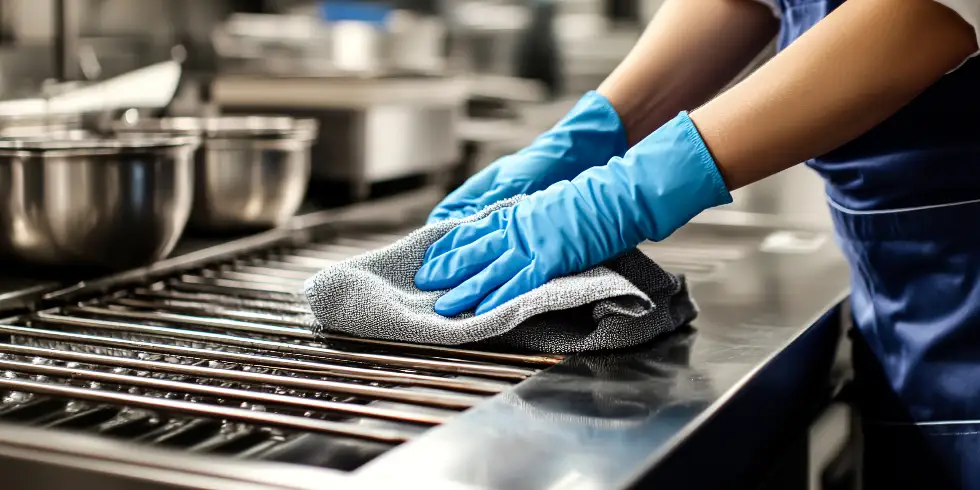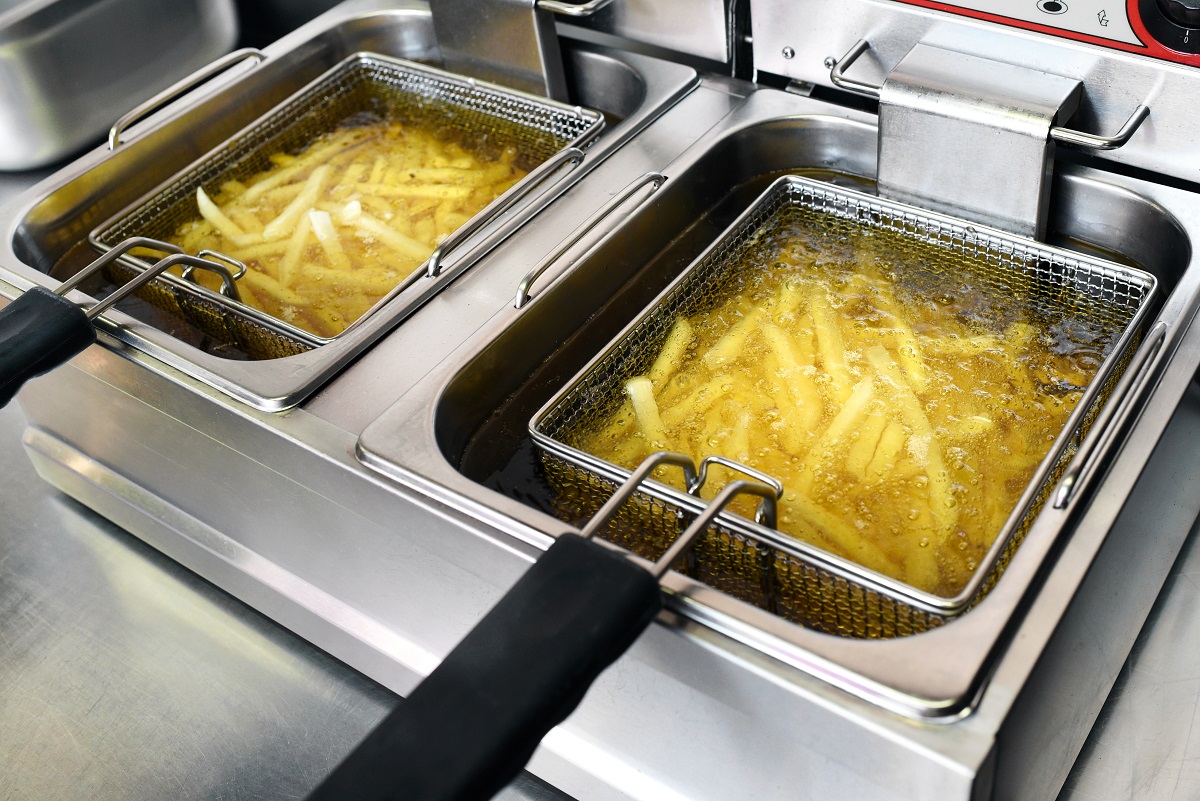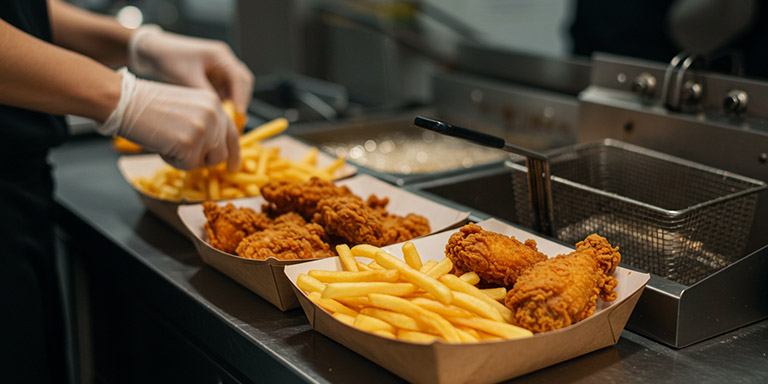Ghost kitchens and virtual restaurants: two terms that are gaining a lot of attention in our industry these days. And yet, many people struggle to understand what each term means and what the difference between them may be. It’s worth the time to research these meanings, as these concepts figure to remain in our industry long term. Research shows the food delivery market is expected to eclipse $220 billion in a few years, a significant growth from its current value of roughly $30 billion. This will be due, in large part, to more and more restaurants pursuing the opportunities ghost kitchens and virtual restaurants provide.
If you don’t join them, you’ll be tasked with beating them, so let’s explore each concept with a little more depth.
Inhabiting the ghost kitchen
First let’s start with ghost kitchens. Simply put, a ghost kitchen is a kitchen that is not attached to any formal restaurant. This trend is gaining steam in many communities thanks to delivery services like DoorDash.
In a ghost kitchen concept, an independent company — or in some cases a mobile delivery service — establishes a physical location containing numerous kitchens. Restaurants then rent space in this facility to prepare food for customers who order it through a delivery app.
For brands this is a good way to penetrate a market where they have no presence and do so in a cost-effective way since they do not have to worry about expenses tied to rent and building upkeep or front-of-the-house staff. Other restaurants have used the ghost kitchen concept to experiment with new menu options.
However, not everything about the ghost kitchen concept is perfect. In many cases the delivery service’s associated fees can be quite high, limiting profit potential.
You can learn more about ghost kitchens in our other blog.
Real growth from a virtual restaurant
Now let’s take a look at virtual restaurants. What’s the difference between a virtual restaurant and a ghost kitchen? Simply put, in many cases a virtual restaurant exists inside of a real restaurant — complete with service staff, seats for guests and so on. However, the virtual restaurant operates as a unique aspect of the existing restaurant, earning revenue through its online delivery sales.
In some restaurants this can be very excessive and may be an entirely different menu than the one offered to in-store guests. In others it may just be a couple of additional items. In either event, the traditional restaurant and the virtual restaurant operate in conjunction with one another in order to service customers in either capacity and drive additional revenue.
Is a ghost kitchen or virtual restaurant right for your business?
These are two very different concepts, and incorporating either into your business depends largely on your market and future goals. Adding a virtual restaurant may be a smaller adjustment for your current business and could be a logical first step. However, don’t disregard the idea of a ghost kitchen entirely. As the market shifts toward more mobile, consumer-focused options, your business will be tasked with doing the same to maintain your competitive advantage.






